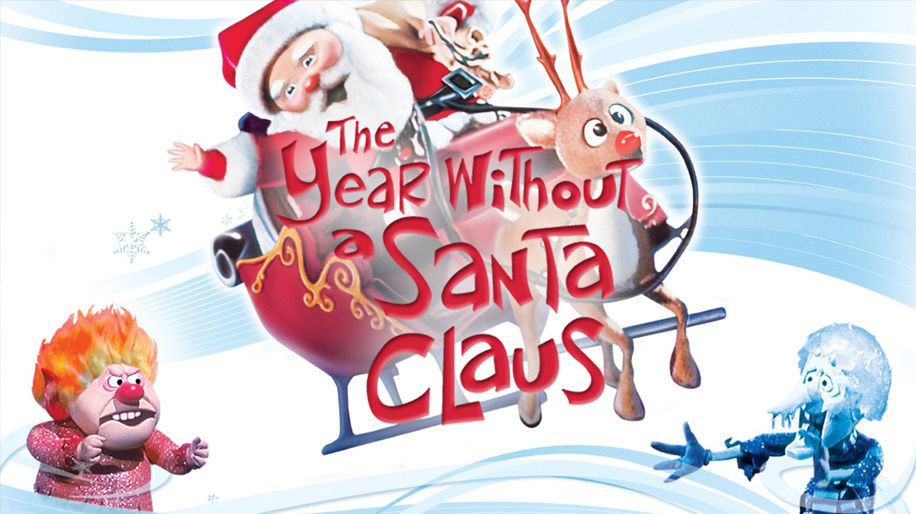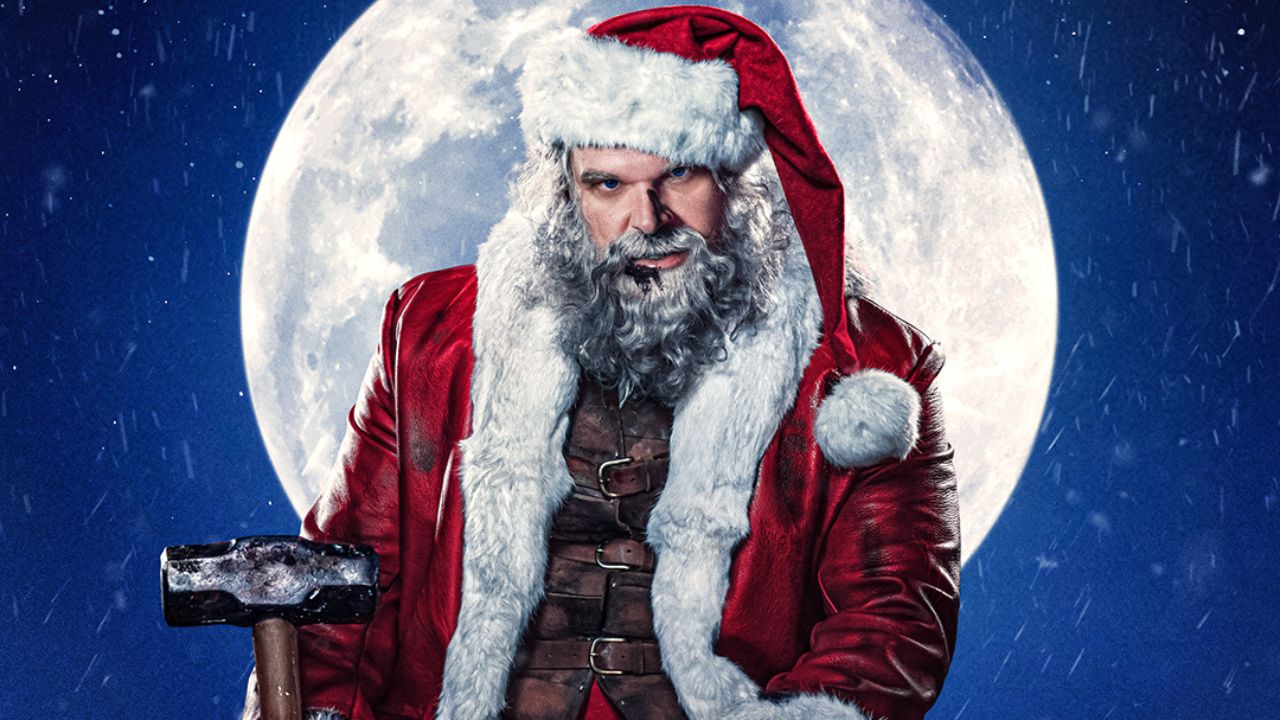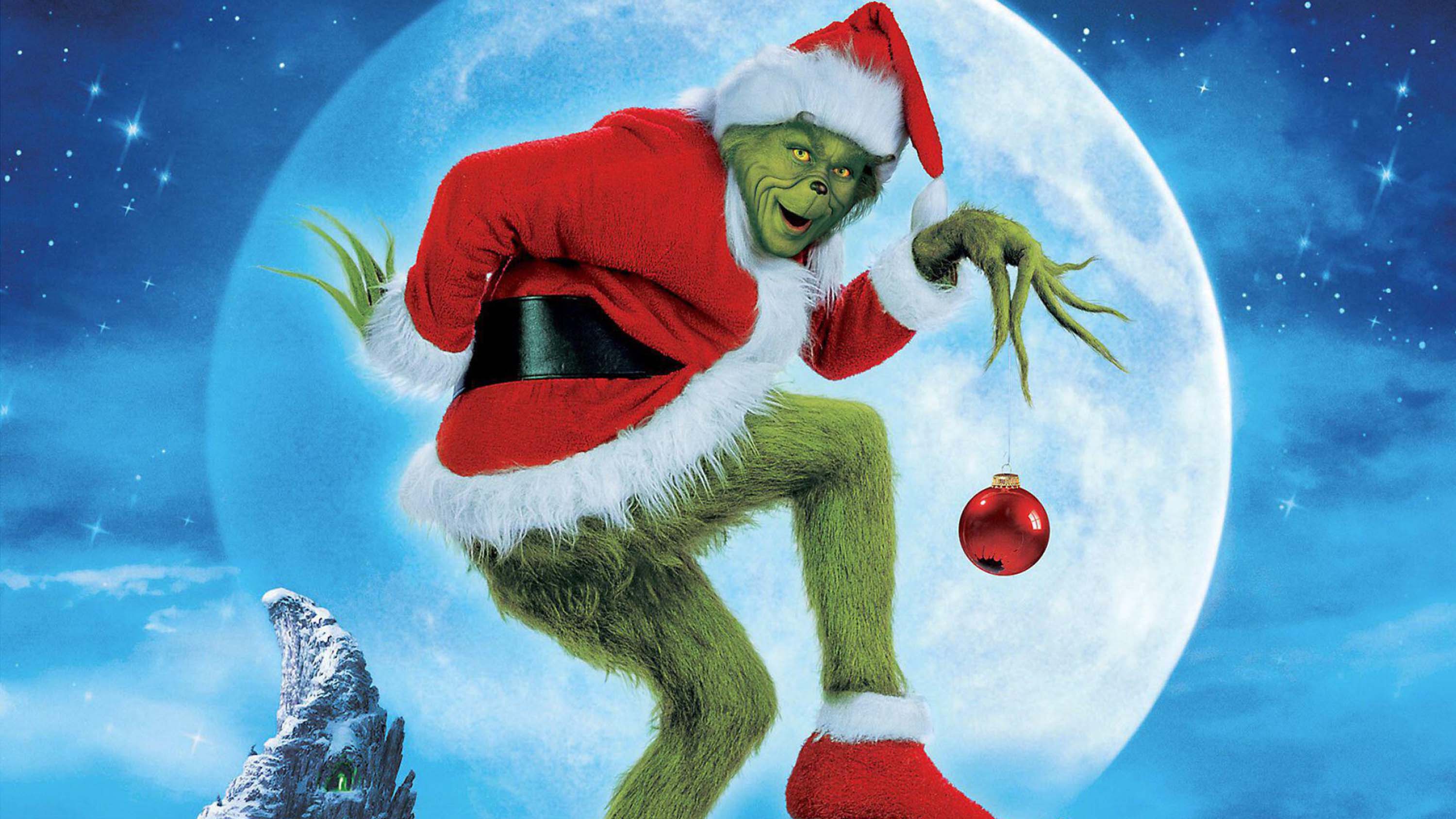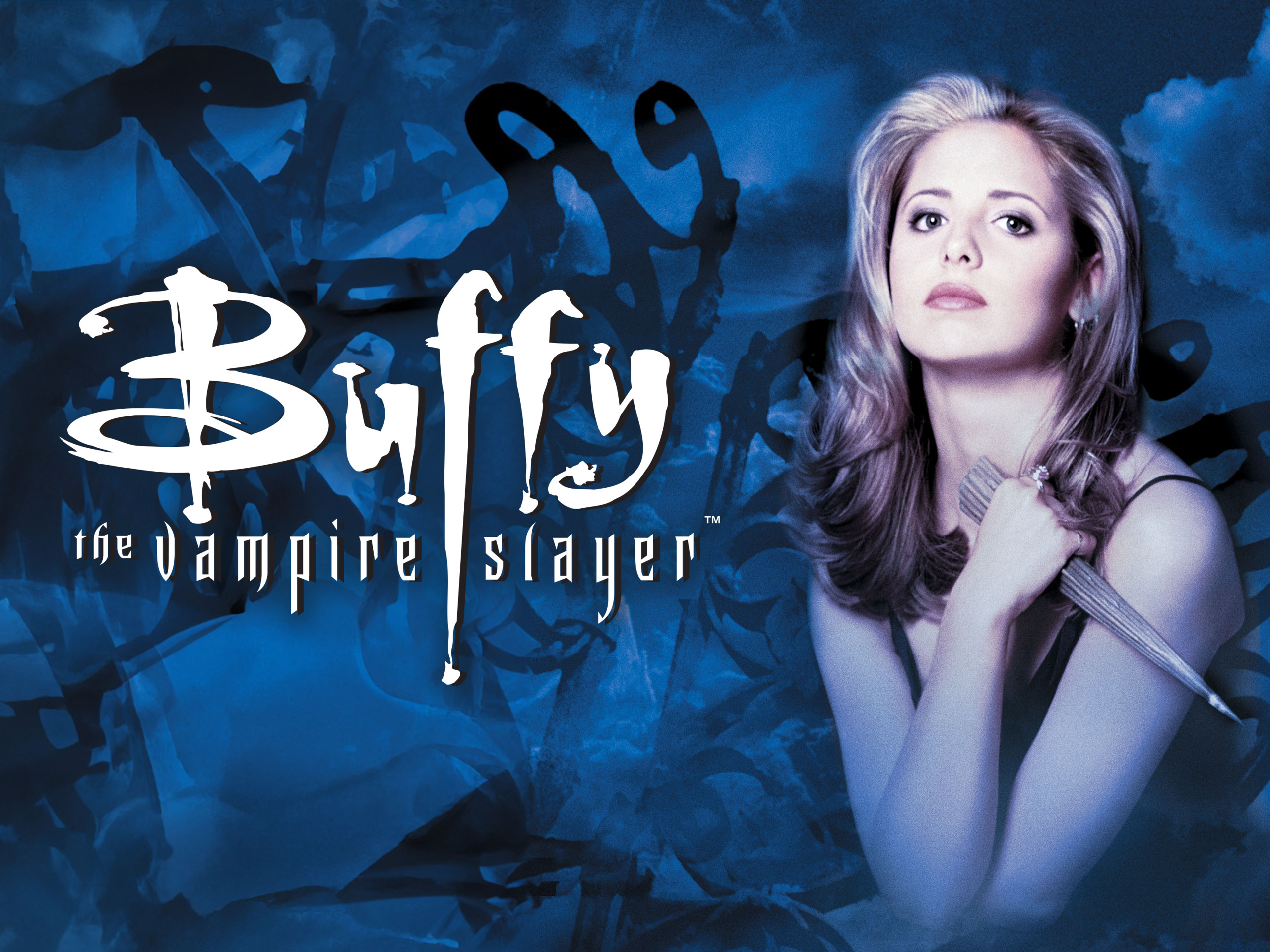Movie
‘Alien Romulus’: Rook takes pawns
Spoilers lurk in empty space stations too!
A gang of space colonists trying to scavenge cryo-sleep pods from a derelict space station come across the remnants of monstrous creature experiments the Weyland-Yutani Corporation was conducting there!
Following the current trend plaguing films with a long-running franchise, Alien Romulus is an interleaved sequel, which is to say the film is set timeline-wise between the events of the first Alien blockbuster and the excellent sequel Aliens. Everybody got where we are? Then make sure your futuristic ray guns are fully charged so you can take on the Xenomorphs in Alien Romulus!
Meet Rain (Cailee Spaeny) and her adopted synthetic “brother” Andy (David Johnson), who wants desperately to get off-planet and avoid the mines and further indentured servitude, which is a good deal harder than it sounds. So Rain gets together with other disgruntled colonist folk like herself – Tyler (Archie Renaux), Kay (Isabela Merced), Bjorn (Spike Fearn), and Navarro (Aileen Wu) – and hatch a wacky plan to swipe some cryogenic sleep pods so they can safely smuggle all of them to a nearby-ish idyllic planet system where they might live freely. This sort of trip normally takes years, hence the cryo-sleep pods. And Rain’s would-be commando pals all think it’s a pretty safe bet that this derelict space station they’ve found would have a bank of still-functioning cryo pods, so it’s off to play scavengers we go!
The space station is indeed derelict, but it’s hardly empty. With the knowledge that the place was owned and operated by the Weyland-Yutani Corporation that’s all we the audience need to know, but our poor scavengers can’t make heads or tails of the clearly scientific experimental rooms, devoid of human presence but again, definitely not empty. And after a few rounds of catch-me-if-you-can with a roomful of face huggers, our scavengers come across someone, something if you want to be a jerk about it, that might actually be able to help them.
They manage to get the synthetic android, Rook, the upper half of him at least, semi-functioning, and that’s all it takes for them to get a crash course in corporate greed and one particular aliens physiology and future potential, for Rook is still very much a Company man. And this means scavenging whatever information they managed to retain from their terrible experiments on the xenomorphs and their face hugger proto-form to get to the Weyland-Yutani Corporation by whatever means necessary, including co-opting and brainwashing fellow synthetic Andy to help him.
The choice to use CGI and animatronics, built by Legacy Effects, and the visage of the late excellent actor Ian Holm for the countenance of the synthetic Rook was an interesting choice. It does keep a certain kind of continuity going in the Alien world and kind of cements where we are in the film timeline more, but I think the same effect could have been obtained with a different actor just as well.
So the facehuggers are loose and the bigger scary-as-hell forms are starting to emerge and attack our scavenger crew, and somehow the pregnant Kay manages to get herself implanted by a facehugger, and the inevitable question of human-xenomorph hybrids begins in earnest – only a few hundred years before when it happened in Alien Resurrection.
The whole human-xeno hybrid storyline, the proto-mashup thing that looks to me like they took an Engineer from Prometheus and gave it Xenomorph bones, and how quickly they adopt the need to shoehorn the two mismatched worlds of Prometheus and the Alien films into another Alien movie is entirely aggravating and unnecessary. The atmosphere of traditional Alien-style horror we came to love a very long time ago from Ridley Scott was carrying the movie just fine up to this point of sudden human-xeno pregnancy, traumatic birth, and the emergence (and thankfully, death) of this thing they simply called “the Offspring”. Again, the insistence to try and mashup two very different film worlds is unneeded and more likely to turn fans off both franchises. At least, former Romanian basketball player Robert Bobroczkyi and his more-than-7-foot-natural-height played the part of the Offspring, with only the tail being CGI’d, lending some vague manner of brief believability to the creature.
It’s not as though the Alien films actually need a whole lot in the way of humans we care about, especially if there’s a pack of Xenomorphs scrambling around the station, or a fleet of green-slimed eggs that most definitely don’t have chocolate inside waiting to jump-scare the audience into oblivion. But if you’re going to have at least half the story be about the humans and their plight first, it would be better to give them something to make them less generic than “red-shirt A”, to try and give us the audience a reason to groan in sympathy when a chest-burster is born, instead of cheering for the baby xeno to go feast already! And to be fair, the first three acts of the film are quite good, in the OG Scott manner of silence-space-screaming horror that is now a genre standard. There is an almost long-standing non-tradition of being dissatisfied with the endings to the latter Alien movies anyway.
Find out what happened to our scavengers and see if Rook takes all the pawns in Alien Romulus, in theaters now!
Movie
A Brief Review and History of A Year Without a Santa Claus

A Year Without a Santa Claus, the 1974 stop-motion holiday classic produced by Rankin/Bass, is a heartwarming and whimsical tale that has cemented its place in holiday traditions. Based on Phyllis McGinley’s 1956 book, the story revolves around a disheartened Santa Claus who, feeling unappreciated, decides to take a year off from his Christmas duties. It’s up to Mrs. Claus and a pair of well-meaning elves, Jingle and Jangle, to reignite the Christmas spirit and show Santa the world’s unwavering belief in him.
The movie is beloved for its unforgettable characters, especially the bickering Miser Brothers, Snow Miser and Heat Miser. Their catchy, vaudeville-style musical numbers, “Snow Miser Song” and “Heat Miser Song”, are so iconic they’ve become cultural touchstones, often parodied and celebrated decades later.
Directed by Arthur Rankin Jr. and Jules Bass, the film continues the duo’s tradition of stop-motion magic, blending heartfelt storytelling with quirky humor. The voice cast, featuring Mickey Rooney as Santa and Shirley Booth as Mrs. Claus, delivers standout performances. Booth’s warm narration was her final acting role before retirement, adding a layer of poignancy to the film.
Initially released on December 10, 1974, on ABC, the special didn’t immediately achieve the legendary status of Rudolph the Red-Nosed Reindeer. However, it gained a dedicated following through annual holiday airings, nostalgic appeal, and its distinct charm.
The film’s themes of hope, unity, and rekindling joy remain timeless, making it a perennial favorite for audiences of all ages. Its blend of humor, catchy songs, and a touching message about believing in magic and goodwill ensures its enduring legacy during the holiday season.
For fans of holiday classics, A Year Without a Santa Claus is a must-watch that never fails to warm hearts and spread cheer.
Movie
Holiday Movie Review: Violent Night

Violent Night (2022), starring David Harbour as a rugged, action hero Santa, delivers a wildly entertaining twist on holiday films. Combining dark humor, brutal action, and unexpected heart, the movie follows Santa as he defends a family held hostage on Christmas Eve. Harbor shines as a jaded yet surprisingly endearing Santa, bringing grit and charm to the role. The film’s blend of holiday magic and high-octane violence is reminiscent of Die Hard but with a festive twist.
Director Tommy Wirkola balances the chaotic fight scenes with moments of redemption and holiday spirit, creating a surprisingly satisfying narrative. While the film isn’t for traditionalists (its R-rating is well-earned), it’s perfect for fans of unconventional holiday fare.
Rating: 8/10: A bold, bloody, and refreshingly unique holiday film that’s destined to become a cult classic.
Movie
The Grinch vs. The Grinch: Jim Carrey vs. Benedict Cumberbatch – Who Played the Better Green Grump?

Dr. Seuss’s beloved character, the Grinch, has been brought to life in two iconic adaptations: Ron Howard’s How the Grinch Stole Christmas (2000), starring Jim Carrey, and Illumination’s The Grinch (2018), featuring the voice of Benedict Cumberbatch. While both films capture the essence of the Grinch’s transformation, their execution, tone, and performances make for an interesting comparison.

Jim Carrey’s Grinch (2000)
Ron Howard’s live-action adaptation is a bold, larger-than-life take on the classic tale. Jim Carrey’s portrayal is a masterclass in physical comedy and eccentricity. His Grinch is chaotic, sarcastic, and hilariously over-the-top, with Carrey’s boundless energy infusing the character with a manic charm that makes every scene memorable.
This version delves into the Grinch’s backstory, giving him a tragic childhood that explains his hatred for Whoville and Christmas. While this added depth works for some, others felt it detracted from the simplicity of the original story. The film’s whimsical production design and Danny Elfman’s score perfectly complement Carrey’s performance, but the humor occasionally skews more adult, which may alienate younger viewers.
Illumination’s The Grinch opts for a gentler, more family-friendly approach. Benedict Cumberbatch’s voice work offers a softer, more subdued interpretation of the character. This Grinch is more relatable and less cruel, making his eventual redemption feel heartwarming but less impactful.

Benedict Cumberbatch’s Grinch (2018)
The animation is visually stunning, capturing the colorful charm of Dr. Seuss’s world. The narrative sticks closer to the original book, with a few modern twists (like a subplot involving Cindy Lou Who’s quest to help her overworked single mom). Pharrell Williams’s narration and playful soundtrack give the film a contemporary vibe that resonates with children and families. However, Cumberbatch’s Grinch lacks the wild unpredictability that made Carrey’s performance unforgettable.
While both films have their merits, Jim Carrey’s Grinch stands out as the more iconic portrayal. Carrey’s physicality, comedic timing, and ability to humanize the character elevate the 2000 film, making it a definitive version for many fans. Benedict Cumberbatch’s Grinch, while charming and visually delightful, feels safer and less memorable in comparison.
Winner: Jim Carrey For its sheer energy, humor, and enduring impact, How the Grinch Stole Christmas (2000) with Jim Carrey remains the ultimate Grinch experience.



